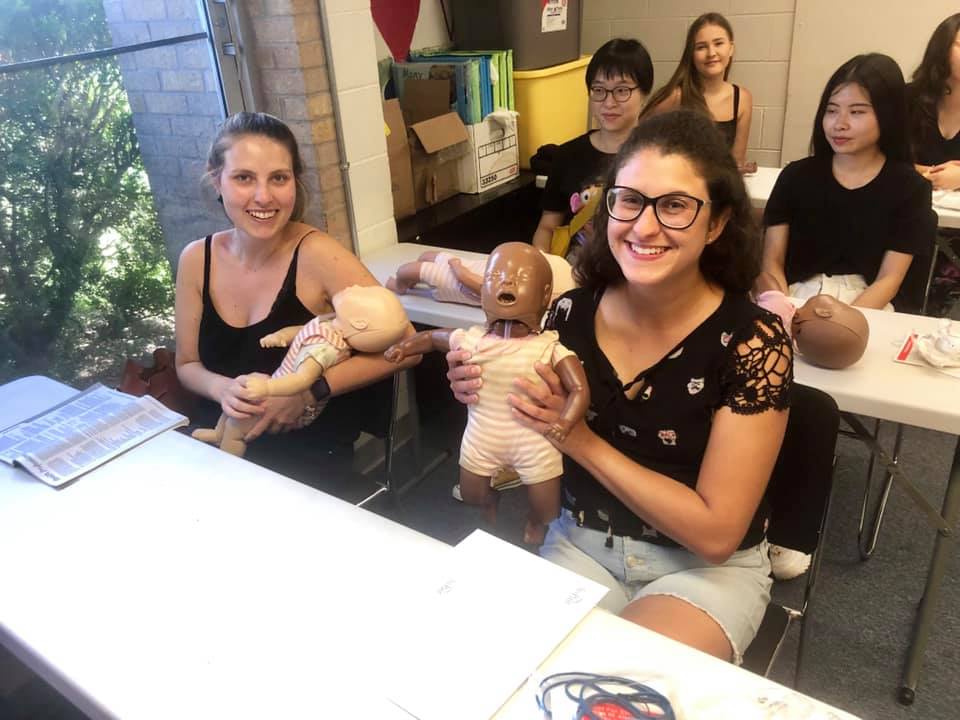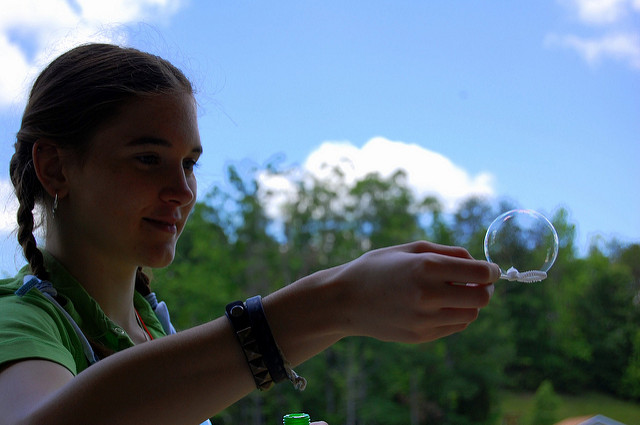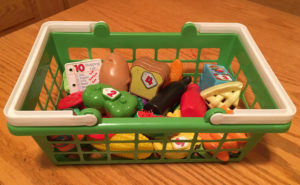Social distancing is important right now to help slow the spread of coronavirus. This means avoiding places where you come in contact with lots of people (schools, movies, restaurants, museums, concerts, parties, etc.) I am sure you keep hearing a lot about the things you should not do.
It’s also important to have ideas of things you can do. There are plenty of activities you can do at home and away from crowds.
While we can’t control many things going on right now in the world, we can choose how we deal with it.
“She turned her can’ts into cans
and her dreams into plans.” – Kobi Yamada

Here are 10 things you CAN do right now:
- Stay connected with your friends and family via social media, texting, and Skype.
- Go for a walk or run on your own. As long as you don’t go to a populated place, it’s fine to go out for some exercise.
- Enjoy nature. That could be sitting outside in your backyard on a nice day or walking on a nature trail.
- Read a book or listen to an audiobook or podcast. Getting lost in a story is a great way to take your mind off of things. Or if you pick a non-fiction book or podcast you may learn something new. You could even create an online book club or podcast discussion group with friends.
- Do yoga. Yoga can be a great way to relieve stress and maintain your fitness. There are many free yoga videos on Youtube. Sign up here to receive daily emails for 30 Days of Yoga.
- Take virtual tours of museums online.*
- Make memories in the kitchen.* Cooking recipes from your home country is a great way to share your culture with your host family and give yourself a taste of home. Cooking classic American recipes is a way to continue your cultural exchange. You can find lots of recipes online. Also, you will be able to share that taste of America with your own family by cooking some of these recipes after you return home at the end of your program.
- Have an online watch party with friends. When you watch a movie alone do you miss talking to a friend about what’s happening? Pick a time and a movie and from your individual homes you each stream the movie on Netflix at the same time. You can text or do a group chat during the movie.
- Make top 10 lists of your favorite things like movies, foods, songs and more. Share and compare lists with your friends. You may find out some things you didn’t know about each other and get some ideas for new things to try.
- Research and plan trips to places you want to visit while in the U.S.* This time of social distancing won’t last forever. Use this time to do some research online and make plans. This will help you make the most of those trips when you get to take them a few months from now. It will also give you something to look forward to.
*Future blog posts in this series will have more detailed information on these topics.

 What is social distancing?
What is social distancing?

 Classes are available through the Red Cross. Au Pair in America will pay for the cost of a class providing an au pair has at least six months left on her visa and is taking one of several approved childcare/child safety-related classes, such as Adult and Pediatric First Aid/CPR/AED. Au pairs should check with their community counselor and host family before signing up. Au Pair in America will register the au pair directly.
Classes are available through the Red Cross. Au Pair in America will pay for the cost of a class providing an au pair has at least six months left on her visa and is taking one of several approved childcare/child safety-related classes, such as Adult and Pediatric First Aid/CPR/AED. Au pairs should check with their community counselor and host family before signing up. Au Pair in America will register the au pair directly. Almost everyone experiences culture shock when they come to a completely new environment. Everything is different: the language, the food, and the people.
Almost everyone experiences culture shock when they come to a completely new environment. Everything is different: the language, the food, and the people. Just because a child is old enough to occupy themselves, doesn’t mean that they should be expected to do so the majority of the time. Host families have a certain expectation of activity and involvement for their children. Get the kids engaged and active. You can be more fun than the TV or a video game.
Just because a child is old enough to occupy themselves, doesn’t mean that they should be expected to do so the majority of the time. Host families have a certain expectation of activity and involvement for their children. Get the kids engaged and active. You can be more fun than the TV or a video game. We live in a time of constant sharing through social media. We often share pictures, plans of somewhere we are going or rants about problems, without thinking much about who will see it and what could be the consequences.
We live in a time of constant sharing through social media. We often share pictures, plans of somewhere we are going or rants about problems, without thinking much about who will see it and what could be the consequences. What is Daylight Saving Time?
What is Daylight Saving Time?

 Homesickness can be a problem during the holidays, even if it hasn’t been at any other time of the year. Au pairs often miss their friends and family, familiar places and their own traditions and customs. The holiday activities in the United States seem, and may actually be, different just at a time when an au pair would welcome something familiar.
Homesickness can be a problem during the holidays, even if it hasn’t been at any other time of the year. Au pairs often miss their friends and family, familiar places and their own traditions and customs. The holiday activities in the United States seem, and may actually be, different just at a time when an au pair would welcome something familiar.